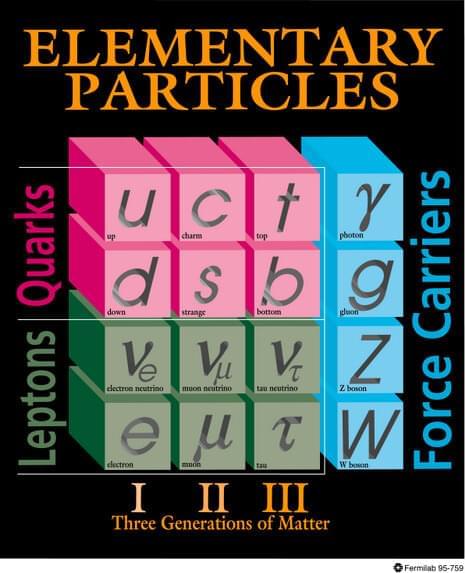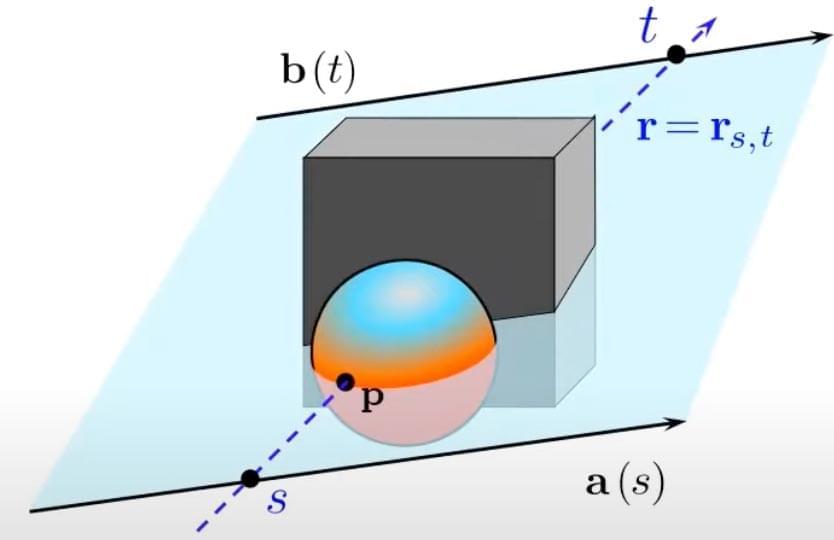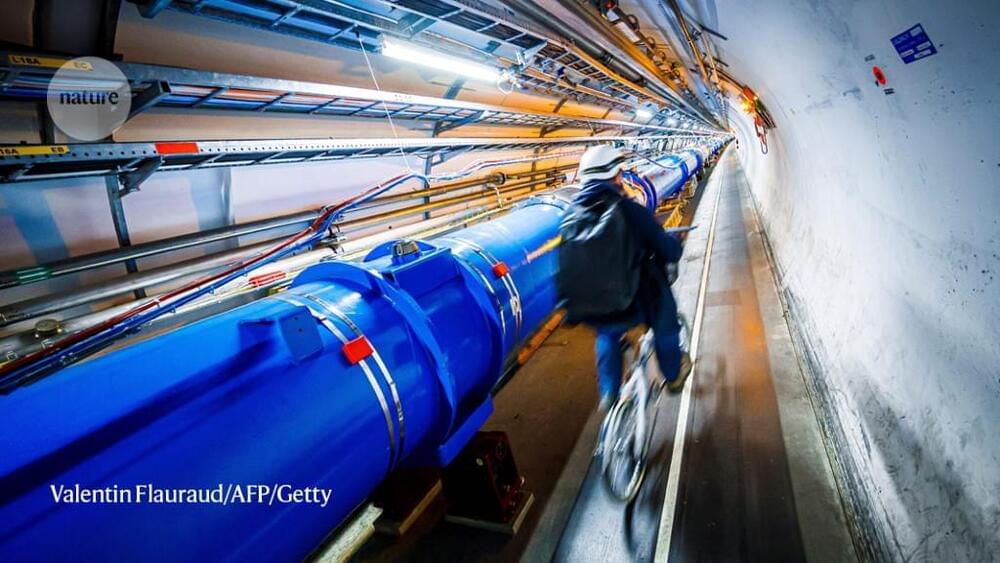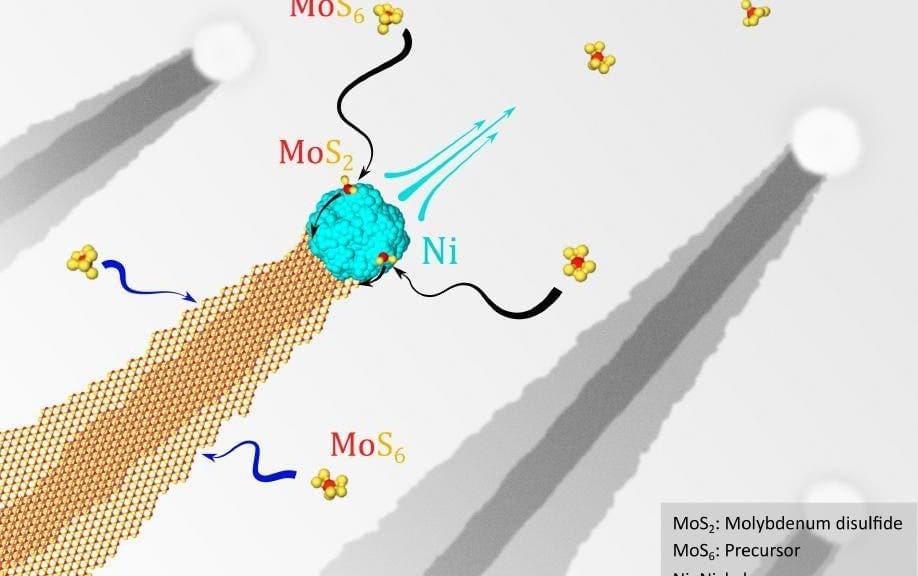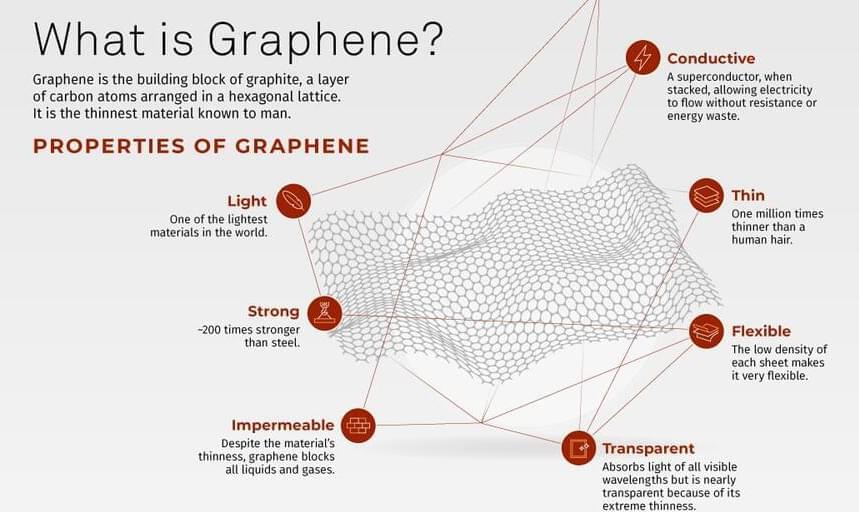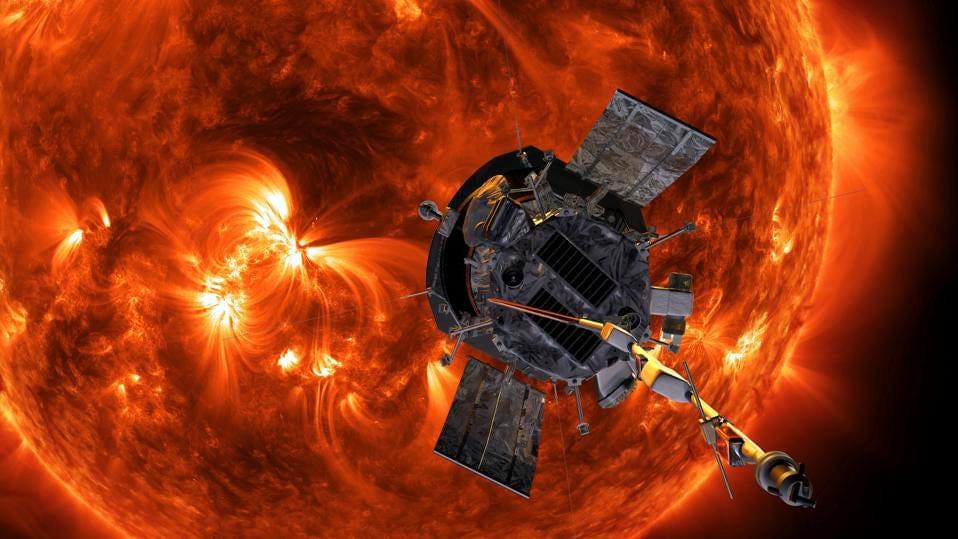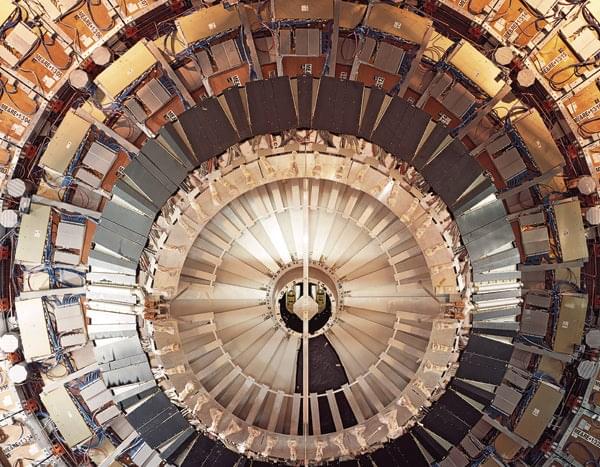Dec 18, 2021
The Universe Might Be a Self-Learning Computer. Here’s What That Means
Posted by Gemechu Taye in categories: computing, particle physics, space
Albert Einstein and Stephen Hawking – the most famous physicists of the twentieth century — both spent decades trying to find a single law that could explain how the world works on the scale of the atom and on the scale of galaxies. In short, the Standard Model describes the physics of the very small. General relativity describes the physics of the very large. The problem? The two theories tell different stories about the fundamental nature of reality. Einstein described the problem nearly a century ago in his 1923 Nobel lecture 0, telling the audience that a physicist who searches for, “an integrated theory cannot rest content with the assumption that there exist two distinct fields totally independent of each other by their nature.” Even while on his deathbed, Einstein worked on a way to unite all the laws of physics under one unifying theory.

